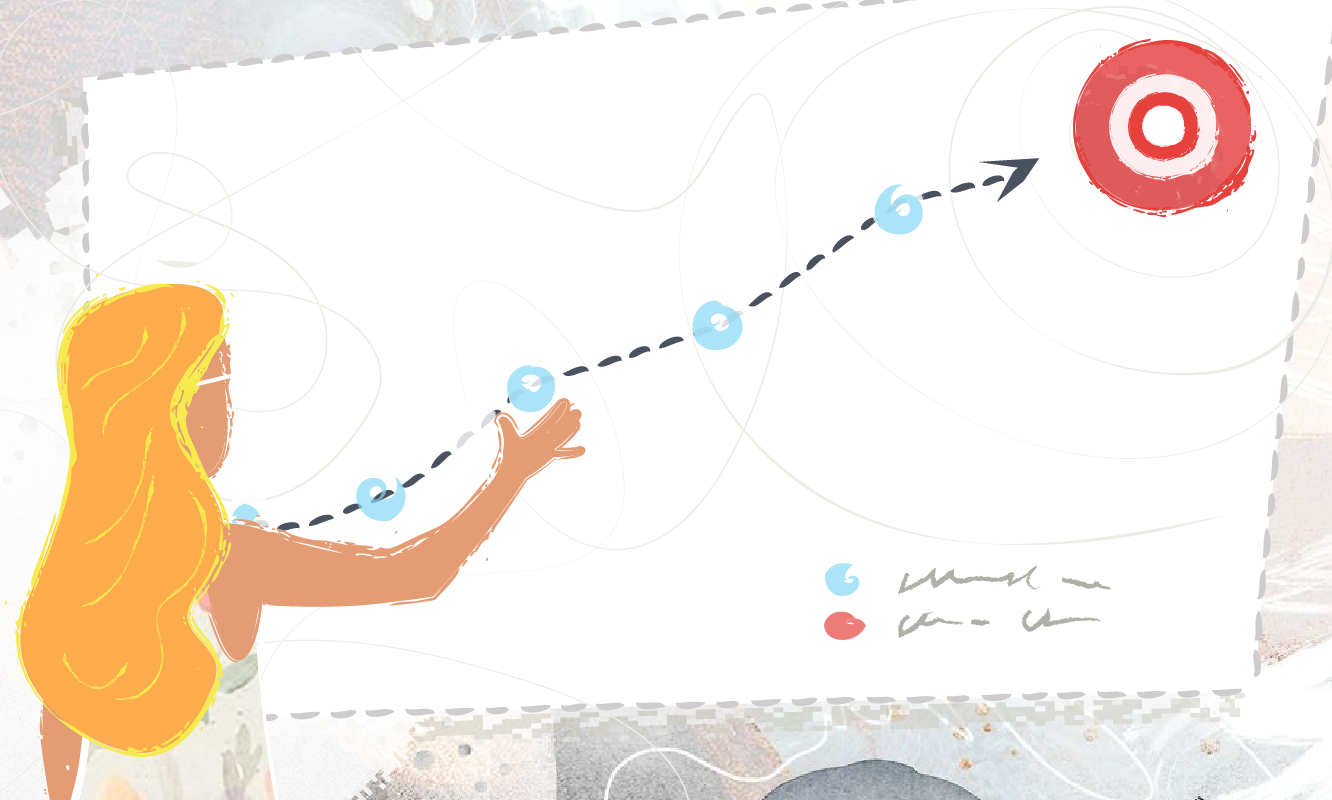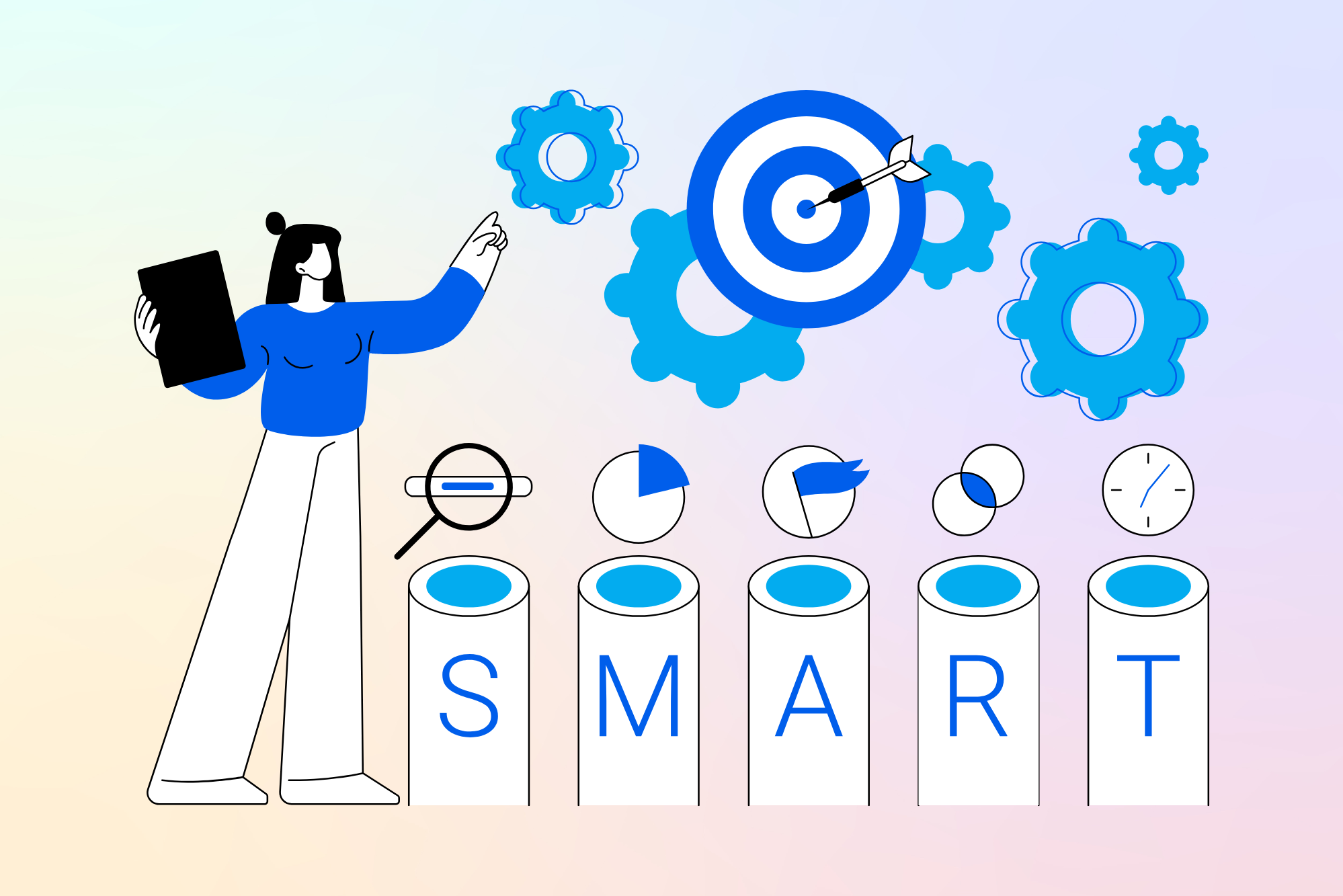Start improving with Life QI today
Full access to all Life QI features and a support team excited to help you. Quality improvement has never been easier.

Organisation already using Life QI?
Sign-up

For many, the terms ‘Quality Improvement’ and ‘Project’ go hand in hand. Structured QI projects are an effective way to engage multidisciplinary teams to work toward a common aim by applying a systematic approach. When dealing with complex problems or multiple stakeholders, structured and systematic projects are essential. But, that’s not the only way to improve.
Daily Improvement refers to the smaller scale improvements that can be applied rapidly on a daily basis. They generally tackle simple problems, involve few people and are short term. Daily improvement could be as simple as an individual’s effort to improve their own working conditions or mental wellbeing. In other cases, they may involve applying more typical QI techniques and tools by a small team on a small scale, such as a single ward or unit. Often, these types of improvement can be overlooked by focussing too much on the structured project, yet their aggregated impact can be huge!
It’s no secret that one of the biggest challenges of improving quality in healthcare is engaging clinicians and other staff to take active involvement. People are busy, and QI can be seen as overly onerous in an already packed schedule. Daily Improvement can help to improve staff engagement by removing the onus of a formal project and allowing for more free-flowing improvement and innovation. It also encourages staff to fix a problem in a timely manner, rather than always having to gather the necessary buy-in for a formal QI project. Rapid results help staff to see the impact of change, which may be linked to staff satisfaction and joy in work.
The most successful applications of daily improvement are when the process becomes part of the philosophy and culture of an organisation. In Lean terminology this is referred to as Kaizen, and in many other cases as Continuous Improvement. This encourages everyone to continuously seek to improve the way work is undertaken and take action to better the current state. Making improvement a routine part of everyday thinking and behaviour.
Although daily improvements generally tackle small scale problems, the process can bring huge cumulative benefits to organisations in their quest for improvement. This is something that can be attributed to the science of marginal gains.
The science of marginal gains concerns the small-scale incremental improvements in any process, which when added together make for a significant overall improvement. The more processes can be broken down into its constituent parts and improved upon individually, the greater the cumulative impact.
When thinking of marginal gains, it’s hard to think beyond cycling and the success of Team Sky (now Ineos Grenadiers). When Sir Dave Brailsford founded team Sky in 2009, no British rider had won the Tour de France in its century long history. His first act was to publicly declare an ambitious goal of winning the Tour de France, with a British Rider, within 5 years – a statement that was met with scepticism by most involved in cycling. Yet in 2012, two years earlier than planned, Sir Bradley Wiggins climbed on the podium in Paris as the first ever British winner of the Tour de France. This started a period of dominance for Team Sky, and British Riders in particular.
So how did he do it? To achieve that dominance in such a short period, you might assume that step-changes in technology or training techniques were achieved. However, that couldn’t be further from the truth. Brailsford was a details man and instead of looking at cycling performance as a whole, he broke it down to each of its constituent parts.
"The whole principle came from the idea that if you broke down everything you could think of, that goes into riding a bike, and then improved it by 1%, you will get a significant increase when you put them all together.” Sir Dave Brailsford
Starting with the obvious things like bike technology, nutrition and training, Brailsford soon moved on to evaluate everything and anything that could impact rider performance. This resulted in simple changes, like training everyone to wash their hands properly to reduce the chance of illness during training or races, and more logistically challenging changes like transporting each riders own mattress and pillows to each hotel to ensure the riders get the best rest possible!
The combination of all these small changes aggregated to a huge overall gain in performance.
Daily improvement provides a genuine way to deliver improvement, but it's not always the best way forward. It is common and logical to run structured QI projects at various scales, whist also encouraging staff to implement daily improvements. Of course, they are not always mutually exclusive – for example, some daily improvements may ultimately develop into their own QI project.
Here we summarise some of the key differences between Daily Improvement and QI projects…
Daily Improvement |
QI Project |
|
Complexity |
Simple Problems, or problems with limited factors.
|
Complex problems, with multiple drivers. |
Problem Type |
The cause of the problem is clear and solution obvious. |
The cause of the problem would benefit from the further investigation.
|
Scale |
Generally short term (days). |
Generally longer term (weeks or months).
|
Team Size |
Individual or small group. |
Formal team required, including a sponsor and improvement coach.
|
QI Tools |
None, or ad-hoc application as required. |
Uses a consistent QI method and toolset.
|
Support |
Occasional support from an improvement coach or similar. | Regular input and support from improvement coaches. |
Healthcare is clearly much more complex than cycling, with many more wheels in motion (and definitely more than two!), but this abundance of ‘micro-processes’ leaves huge opportunity to improve at all scales. When presented with major challenges to the way we work, such as the COVID-19 pandemic, it has been demonstrated that people and organisations can react and adapt quickly. Much of this improvement can be attributed to the daily improvement process and the ability of frontline staff to implement rapid change. To really capture this, it is important to translate that same ability and thinking and make it a routine part of daily behaviour.
To maximise the impact of successful daily improvements it’s important to have a mechanism to share those ideas and learnings with others who may be able to replicate, iterate or adapt the change to their own problems. What starts as a modest improvement for one person, could result in a ripple effect – ultimately resulting in a significant shift for the organisation as a whole.
Daily Improvement can be used in conjunction with other QI methods to enable all scales of improvement to be captured, shared, celebrated and learned from.
Full access to all Life QI features and a support team excited to help you. Quality improvement has never been easier.

Organisation already using Life QI?
Sign-up


.png)


